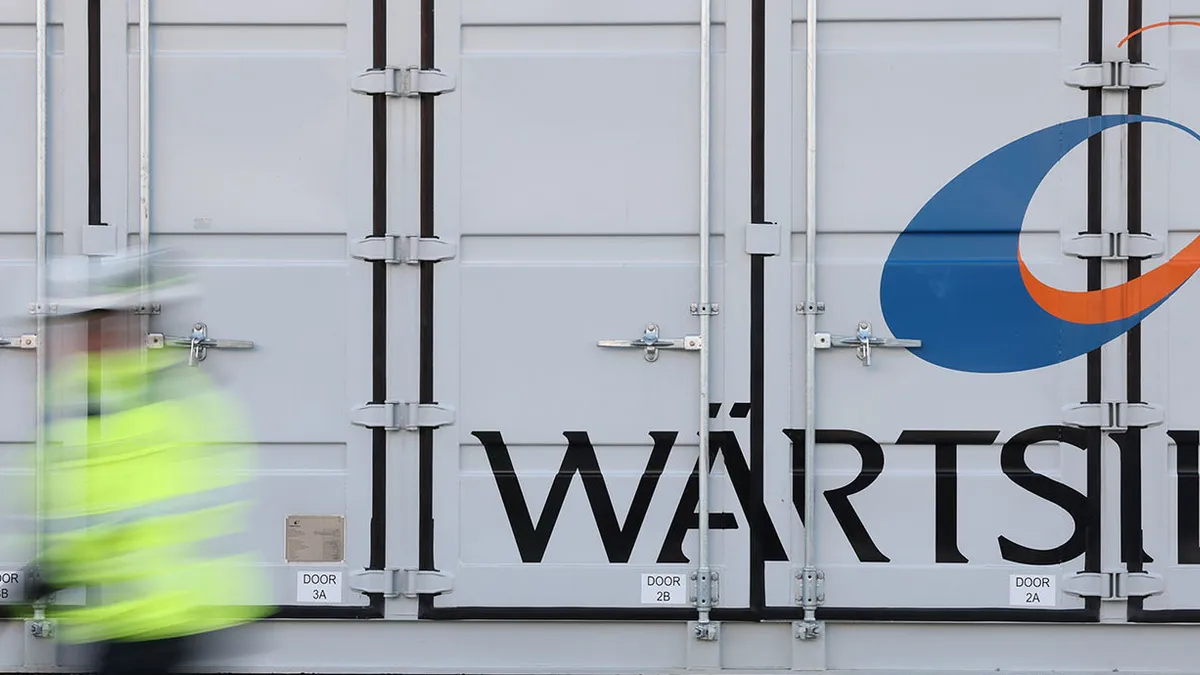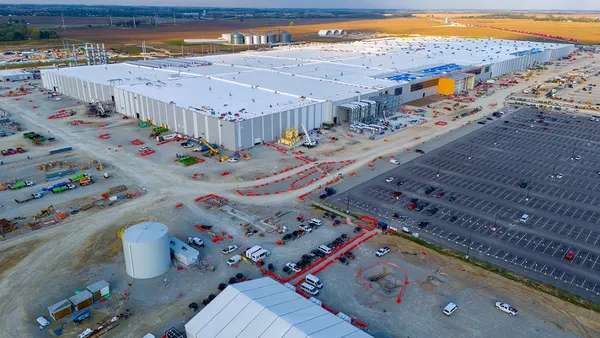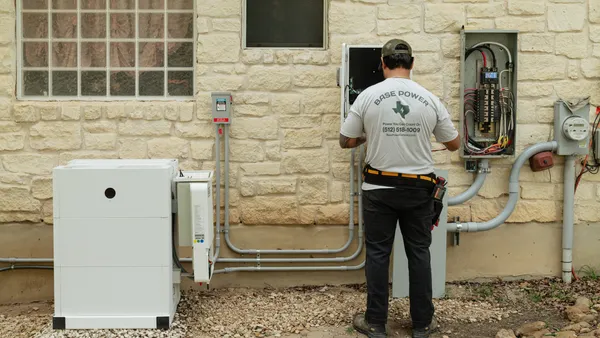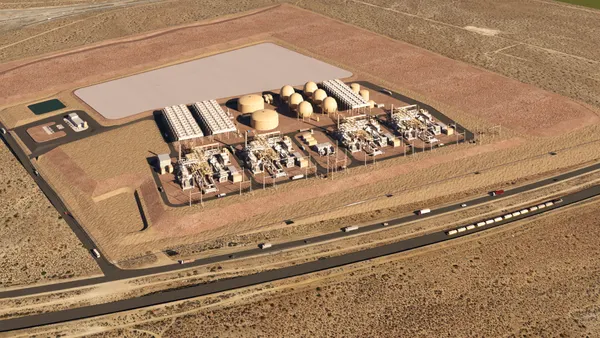The energy storage industry is in the early days of a global pricing reset that will impact deployments over the next several years. But there are a few things that can help energy providers weather shifting market dynamics.
Demand for batteries has skyrocketed in recent years. A decade-long cost decline has driven adoption, making the United States the largest market for stationary storage in the world. Bloomberg New Energy Finance predicts that annual demand for lithium-ion batteries will surpass 2.7 terawatt-hours (TWh) by 2030.
According to the Energy Information Agency, 5.1 gigawatts (GW) of utility-scale energy storage capacity was planned for the U.S. in 2022. But supply chain disruptions have thrown growth projections into question. The index for nearly every commodity that is required to manufacture lithium-ion batteries, including aluminum, copper, and nickel, has risen across the board. The price of lithium-carbonate has increased 500 percent in the last 12 months. Bloomberg New Energy Finance calculates that each 20 percent increase in the price of lithium-carbonate results in a three percent increase in the total cost of battery modules. Mines simply cannot keep pace with market growth, and industry insiders estimate a two-to-three-year dislocation on lithium.
Most battery manufacturing takes place in China, so energy storage project costs are also affected by the global shipping crisis. The cost of shipping a 40-foot container, which cost just $1,300 before the pandemic, reached record highs above $11,000 in September 2021. In late October, ships were taking twice as long as before the pandemic to turn around at the Port of Long Beach, one of the world's biggest container ports. Freight rate benchmarking platforms don't expect container shipping costs to normalize before 2023.
The solar industry is dealing with similar industry-wide supply chain constraints that have caused the Solar Energy Industries Association (SEIA) to lower their 2022 forecasts by as much as 25 percent. Solar panels are more expensive than they've ever been, and IHS Markit expects that prices will remain high until at least 2023. Driven by core component price inflation, solar modules increased by nearly 50 percent from below $0.20 per watt peak (Wp) in 2020 to between $0.26 and $0.28 per Wp in the second half of 2021.
This is significant when you consider that about 80 percent of project costs for solar-plus-storage facilities come from solar equipment, with the remaining 20 percent coming from the storage system. Since most of the large-scale energy storage systems planned in the U.S. over the next three years will be collocated with solar, the industry is equally hopeful for a recovery in solar panel prices.
Price increases will delay many energy storage deployments that were planned over the last 12 months. As lithium-ion battery storage projects are pushed back, we might see increased adoption of alternative battery chemistries. Companies working on prototypes of both non-lithium and non-electrochemical storage technologies notably raked in hundreds of millions of dollars last year, and prolonged turbulence in lithium production may just give them the opportunity they've needed to break in. As demand for renewables continues, we'll also see long duration storage technology become more critical, many of which leverage non-lithium batteries.
Amidst these challenges, the role of system integrators becomes even more important. Due to explosive demand, there are many new players from different upstream and downstream ends of the industry getting into the system integration space. Customers will be well-served to engage with traditional integrators with long-standing track records and in-house expertise during this time.
In return, integrators will need to do their part to set transparent and reasonable expectations on cost structure and timelines with offtakers. At Wärtsilä, we're working diligently to find creative solutions to help our customers navigate through this global challenge. This ranges from how we engage and communicate with customers, to proposal and contract terms, to forecasting and supply chain strategies.
While we wait for raw material and battery prices to recover, customers can increase their revenue stacks by integrating energy management software with existing assets. There has never been a more important time for power producers to optimize the long-term economics of their portfolio. Automated bidding software like Wärtsilä's IntelliBidder, for example, can maximize revenue from assets while also developing new strategies for future growth and return on investment.
Smart controls systems can support a variety of applications to maximize the value of the energy produced by the power plant. Leveraging weather, use-case, historical system performance and battery data, energy management software can forecast how much power an adjoining plant will produce and take advantage of and balance for price variations, among other insights.
Finally, if the U.S. Congress can pass the Build Back Better Framework and the investment tax credit (ITC) for standalone energy storage that it contains, it would greatly mitigate the cost increases we have seen over the past 6 months. The ITC would drive costs back down and create much-need certainty in the market. Energy storage is the lynchpin to the country's aggressive decarbonization and electrification goals, and the ITC would go a long way to help put the industry back on track.










